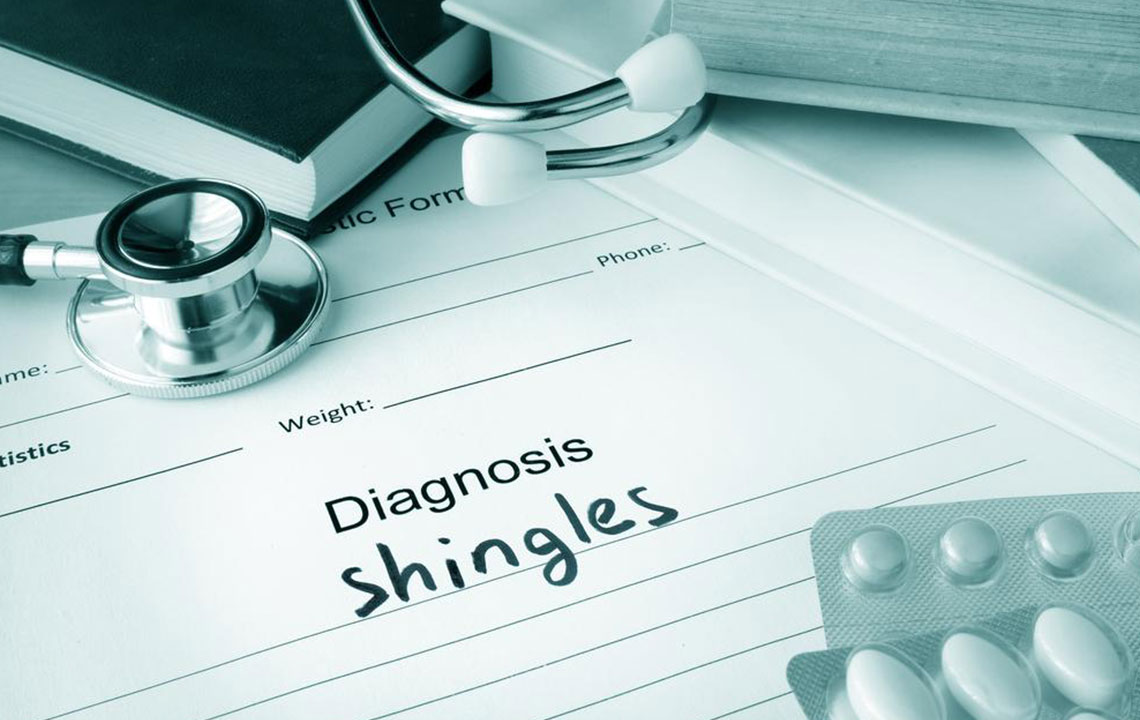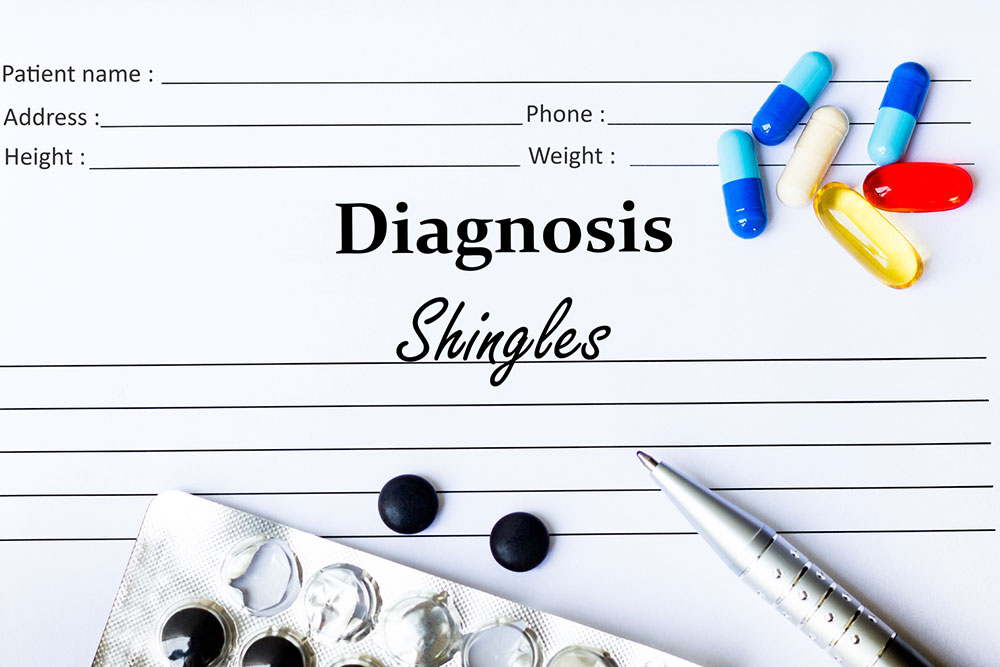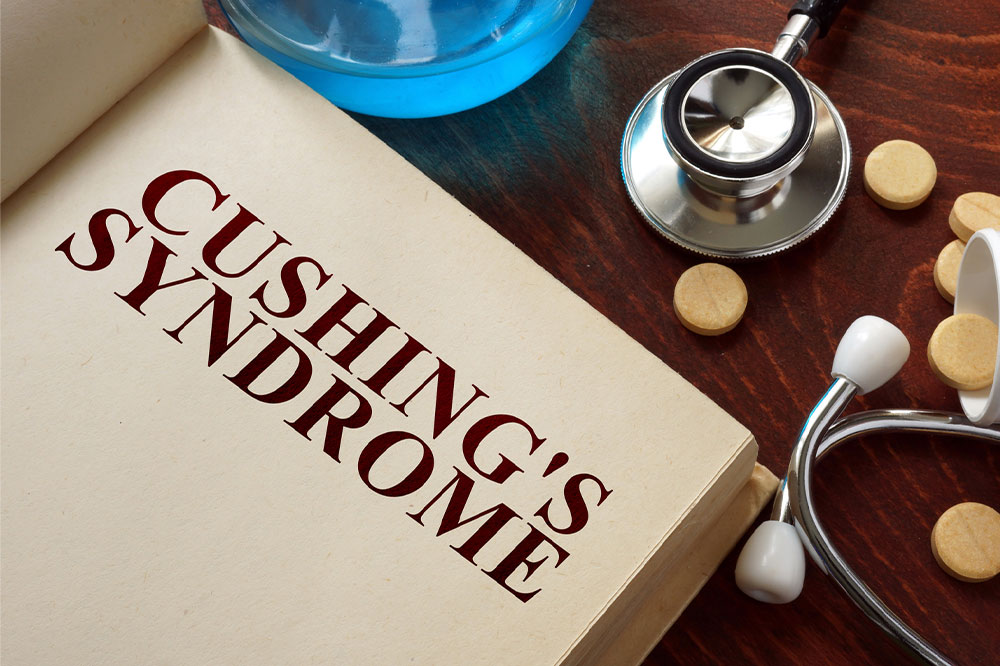Understanding Shingles: Symptoms, Causes, and Treatment Options
Discover key insights into shingles, including its causes, symptoms, effective treatments, and ways to prevent complications. Learn how early medical care can accelerate recovery and reduce discomfort.
Sponsored

Shingles presents as a painful skin outbreak marked by blisters, usually confined to one side of the body. It results from the reactivation of the varicella-zoster virus, the same virus responsible for chickenpox. After recovery, the virus remains dormant in nerve tissues and can reactivate later in life, causing shingles. Anyone who has experienced chickenpox is at risk, but not everyone will develop shingles. Transmission occurs through contact with blister fluid. Symptoms include flu-like feelings, localized pain, itching, and a rash. While no definitive cure exists, antiviral medications can reduce symptoms. Managing pain with over-the-counter drugs, topical agents, or nerve pain medications is common. Shingles typically lasts 2-6 weeks, though complications like postherpetic neuralgia can prolong discomfort or require ongoing treatment. Early intervention is crucial to prevent long-term effects.






